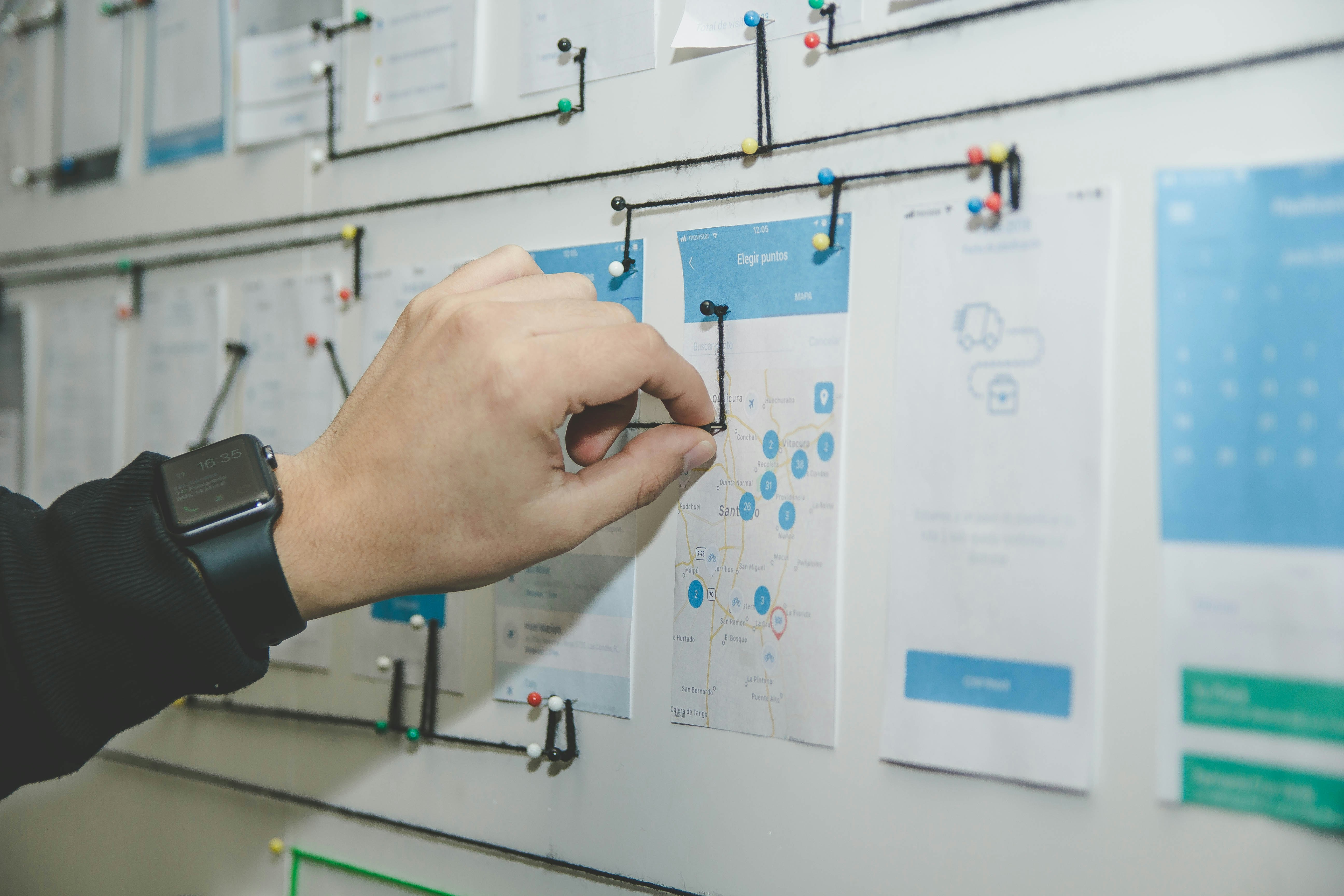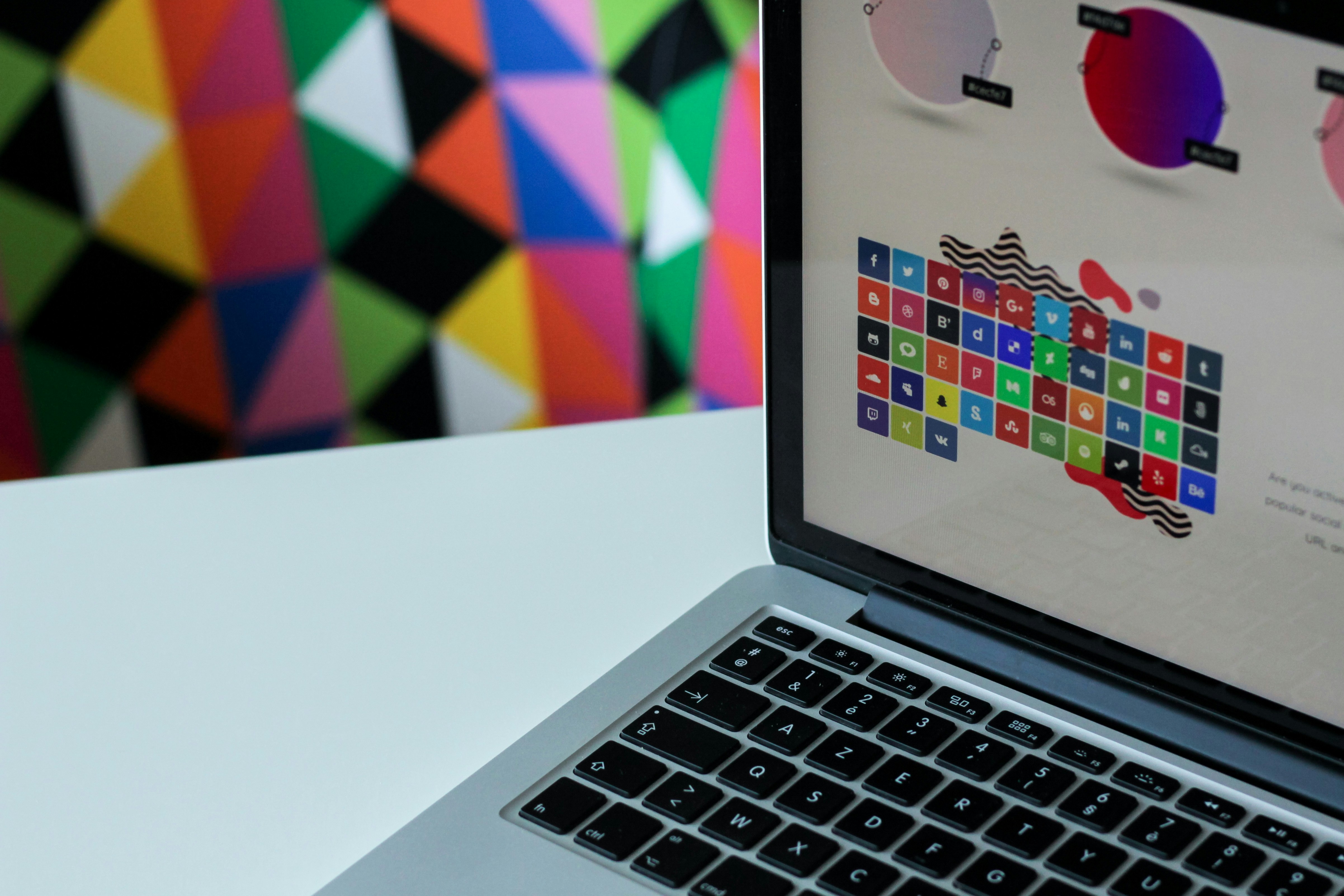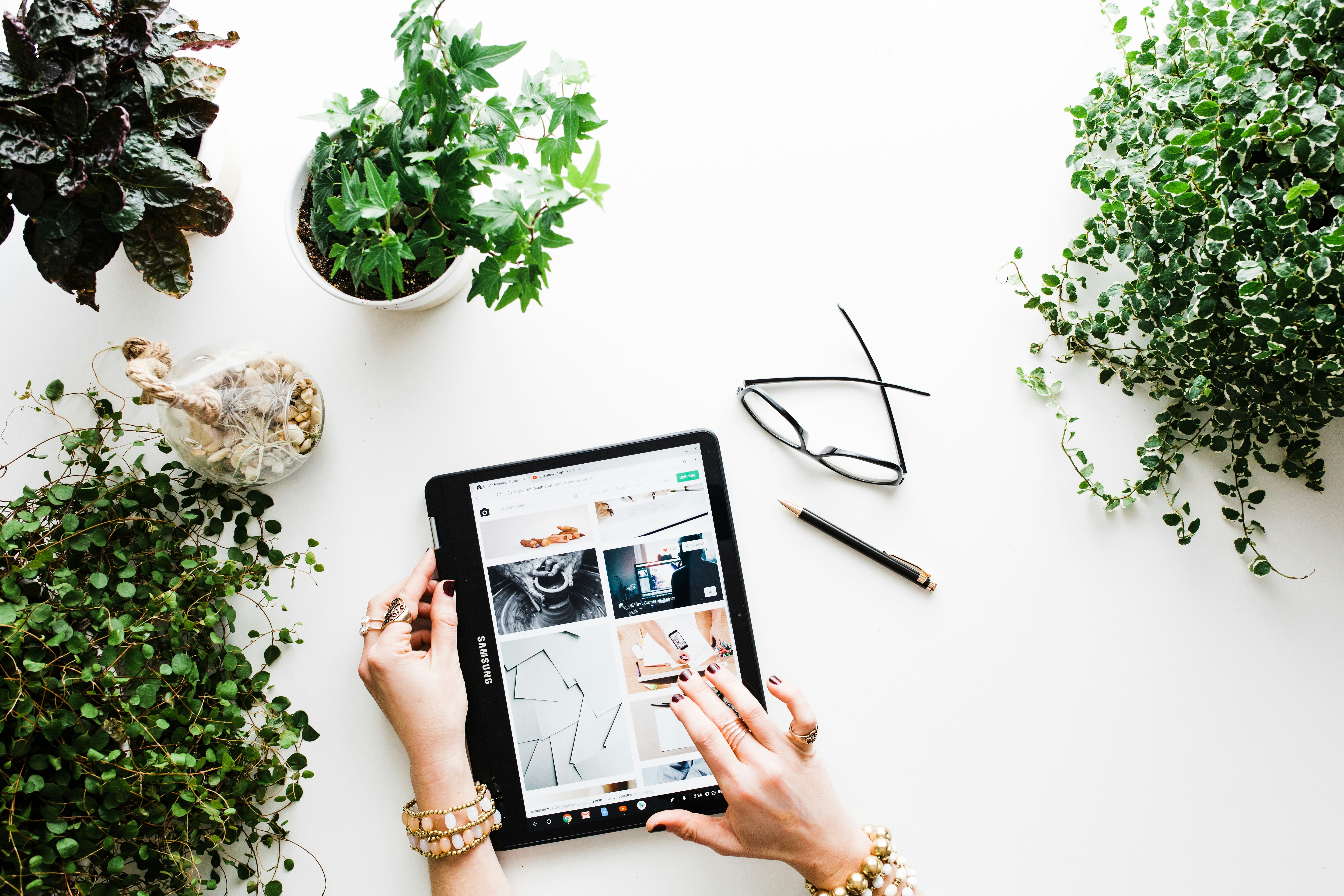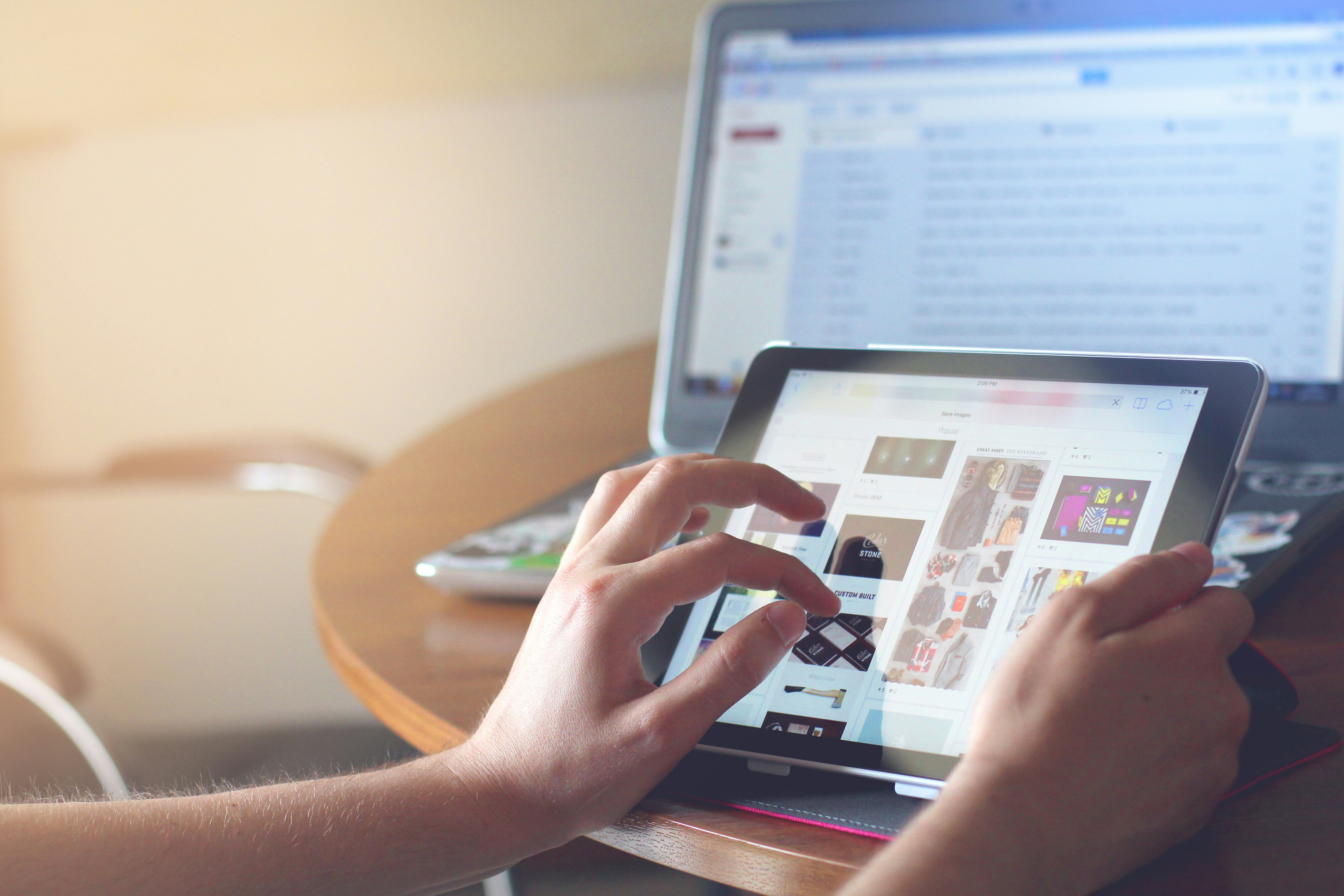The Impact of Sustainable Design on Product Development
Mar 15, 2022

Introduction
Sustainable design is no longer just a trend—it's a necessity. As environmental concerns grow, businesses are increasingly recognizing the importance of incorporating sustainability into their product development processes. But what does sustainable design really mean, and how is it impacting product development? In this blog, we'll explore how sustainable design principles are transforming the way products are created, from concept to completion.
Understanding Sustainable Design
Sustainable design is about creating products that minimize environmental impact throughout their lifecycle. This means considering everything from the materials used to the energy consumed during production, the longevity of the product, and its eventual disposal. Sustainable design aims to reduce waste, lower carbon footprints, and create products that are not only eco-friendly but also economically viable.
Key Principles:
Eco-Friendly Materials: Using renewable, recyclable, or biodegradable materials in product design.
Energy Efficiency: Designing products that require less energy to produce and use.
Longevity: Creating durable products that last longer and reduce the need for frequent replacements.
End-of-Life Consideration: Planning for the product's disposal or recycling at the end of its life.
The Role of Sustainable Design in Product Development
Incorporating sustainable design into product development requires a shift in mindset. Companies must consider sustainability at every stage of the development process, from ideation to manufacturing. This often involves rethinking traditional design practices and investing in new technologies and materials that align with sustainable goals.
Key Impacts:
Innovation: Sustainable design often leads to innovative solutions, such as the development of new materials or more efficient production methods.
Cost Management: While sustainable materials may initially be more expensive, they can lead to cost savings in the long run through energy efficiency and reduced waste.
Brand Reputation: Companies that prioritize sustainability can enhance their brand reputation, attracting environmentally conscious consumers and partners.
Case Studies: Sustainable Design in Action
Many leading companies are already embracing sustainable design, setting new standards in product development. For example, Patagonia’s commitment to using recycled materials and Nike’s Move to Zero initiative, which focuses on zero waste and zero carbon, demonstrate how sustainability can drive product innovation and customer loyalty.
Examples:
Patagonia: Known for its use of recycled materials, Patagonia designs products that are both durable and environmentally friendly.
Nike: Nike's Move to Zero initiative aims to create products with zero carbon emissions and zero waste, using sustainable materials and processes.
IKEA: IKEA’s approach to sustainability includes designing products that are easy to disassemble and recycle at the end of their life.
Challenges and Opportunities
While the benefits of sustainable design are clear, there are challenges as well. Sourcing sustainable materials can be costly, and transitioning to eco-friendly production methods may require significant investment. However, these challenges also present opportunities for innovation and growth. Companies that overcome these hurdles can lead the way in sustainable product development, setting themselves apart in the market.
Key Challenges:
Material Sourcing: Finding sustainable materials that meet quality and performance standards.
Cost Implications: Balancing the higher initial costs of sustainable practices with long-term savings.
Consumer Education: Educating consumers on the value and benefits of sustainably designed products.
Opportunities:
Market Differentiation: Offering sustainably designed products can differentiate a brand in a crowded marketplace.
Regulatory Compliance: Staying ahead of environmental regulations by adopting sustainable practices early.
Customer Loyalty: Building a loyal customer base that values sustainability and eco-friendly products.
The Future of Sustainable Design
As consumers and regulators continue to prioritize sustainability, the demand for sustainably designed products will only grow. The future of product development lies in the integration of sustainability as a core principle, driving innovation and leading to products that are not only good for the planet but also beneficial for businesses.
Predictions:
Increased Adoption: More companies will adopt sustainable design principles, making them standard practice in product development.
Technological Advancements: Advances in technology will make sustainable design more accessible and cost-effective.
Consumer Expectations: Sustainability will become a baseline expectation for consumers, influencing their purchasing decisions.
Conclusion
Sustainable design is reshaping the product development landscape, offering a pathway to create products that are better for the environment and better for business. By embracing sustainable design, companies can innovate, reduce costs, and build stronger connections with their customers. As we look to the future, sustainable design will continue to play a crucial role in shaping the products of tomorrow.


